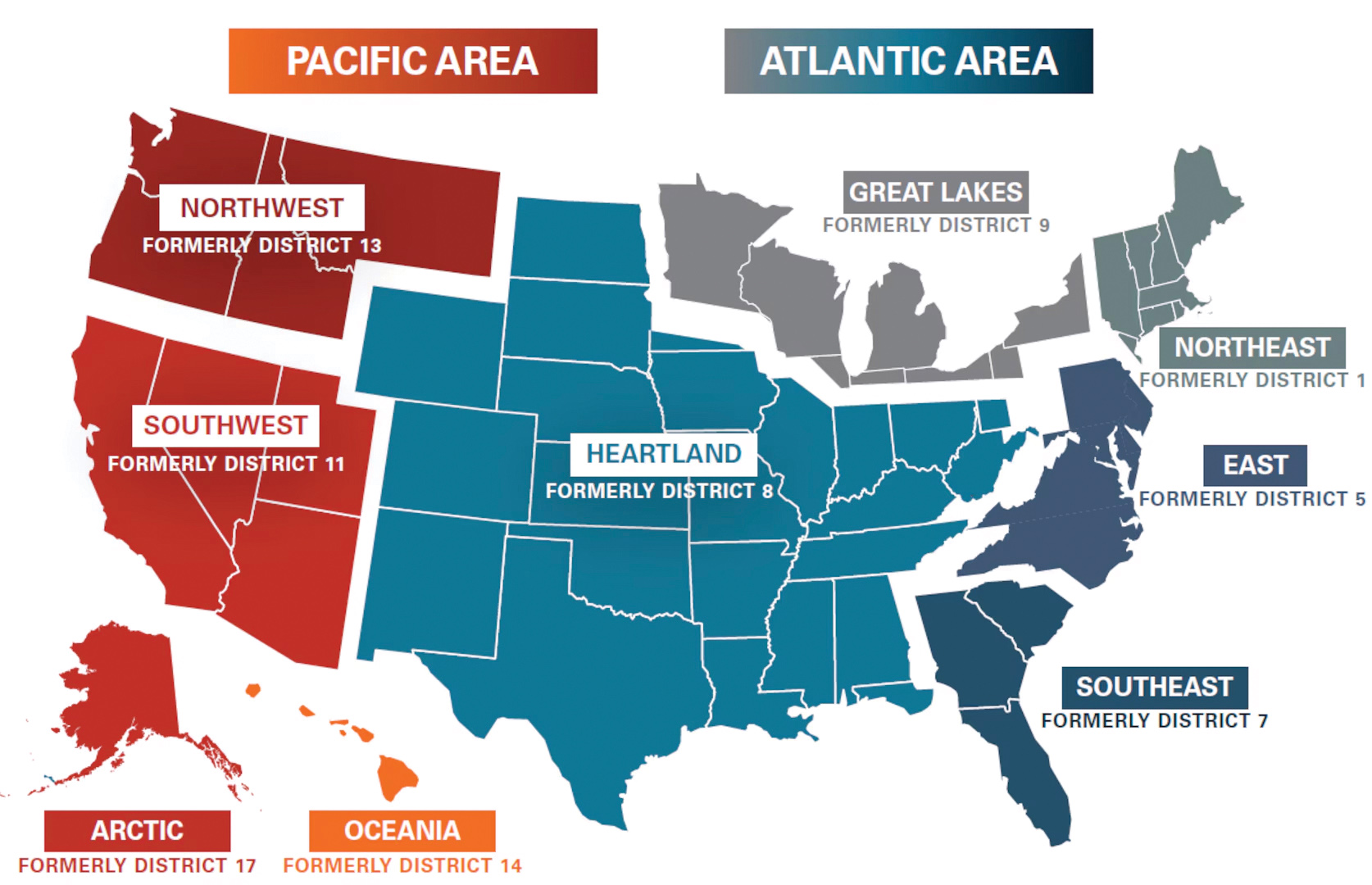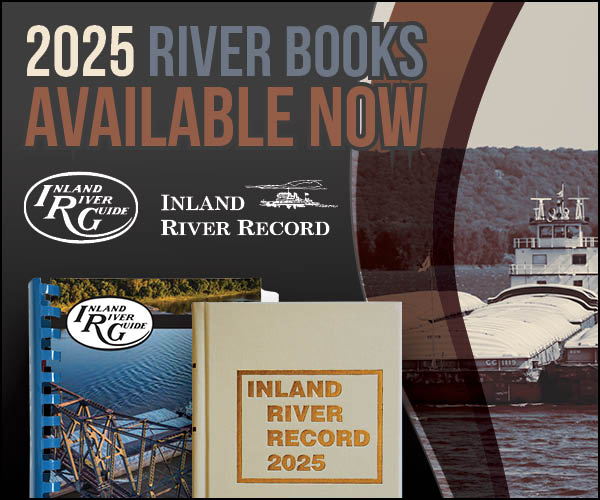The U.S. Coast Guard has officially renamed its nine operational districts, abandoning the old World War II-era number system in favor of geographic names. The move, which was part of the Force Design 2028 initiative under the direction of Secretary of Homeland Security Kristi Noem, aims to indicate more accurately the regions the Coast Guard serves and represents.
The number system stretches back to when the Coast Guard operated as part of the U.S. Navy. While the Coast Guard maintained the number system over the years, the Navy stopped using numbered districts more than 25 years ago.
“This renaming is more than just a change in labels—it’s a critical step in our journey to become a more agile, capable and responsive fighting force,” said Kevin Lunday, acting commandant of the Coast Guard. “Under Force Design 2028, we are driving fundamental changes to speed decision-making, improve strategic alignment and ultimately best serve the American people for decades to come. This initiative underscores our commitment to ensuring that change is lasting and has an enduring impact on the service and the nation.”
District 8, the Coast Guard’s largest district, which encompasses 26 states, including the Gulf Coast from Florida to Mexico and the waters of the Mississippi, Ohio, Missouri, Illinois and Tennessee rivers, is now officially called the Heartland District.
District 1 is now the Northeast District. The fifth Coast Guard district is now the East District. The seventh district, which covers much of Florida, Georgia and South Carolina, is now the Southeast District. District 9 is now called the Great Lakes District, while District 13, which covers the Columbia-Snake River System, is now the Northwest District. The states of California, Arizona, Nevada and Utah, formerly District 11, now make up the Southwest District. Alaska is now the Arctic District rather than District 17, and Hawaii is the Oceania District rather than District 14.
The name changes do not impact operations in those districts or the district boundaries. The Coast Guard will make the name changes official by recording them in the Code of Federal Regulations. Besides modernizing the Coast Guard’s force structure and operating concepts, Force Design 2028 will also reform the Coast Guard’s acquisition and sustainment programs, maximize the use of technology to enhance its mission and invest in the Coast Guard’s military and civilian workforce through enhanced housing, childcare, medical care, training, professional development and career opportunities.
————
Featured caption: A map of the Coast Guard’s geographic districts. (Graphic courtesy of the U.S. Coast Guard)




